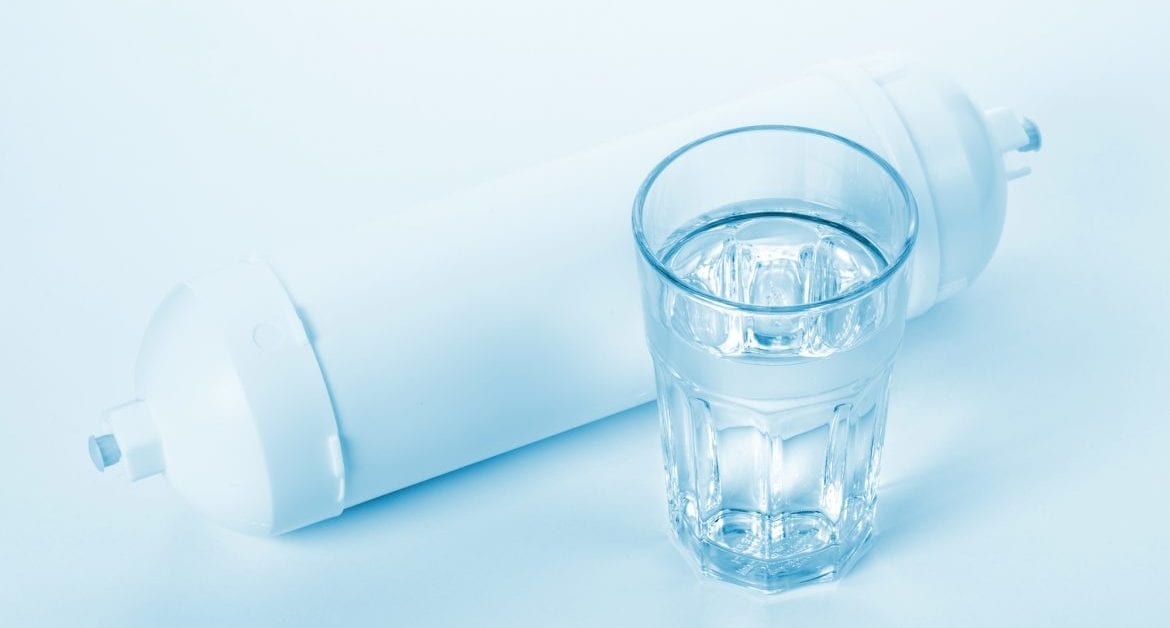Drinking water sources are being contaminated due to the increase in pollution; thus, water treatment has been subjected to many demands and challenges. It is facing complex issues like an increase in contaminants, salinization, and anti-microbial resistant bacteria in drinking water sources. The below article includes innovative water treatment technologies that will help strengthen the innovativeness, efficiency, and sustainability of drinking water or wastewater treatment.
Heavy Demands Require Innovation
Due to contamination, the quality and availability of clean drinking water are declining day by day across the globe. The new and innovative water treatment processes are introduced to supply healthy and fresh drinking water to cope with the increasing needs, at cost-efficient and low energy consumption levels with the minimum waste and by-products. In response to such rapidly changing circumstances, the pioneering and emerging drinking water treatment technologies need to be adapted. The development and application of creative processes is the need of the hour so that the water sector can continue supplying clean drinking water. The most used technologies are membrane filtration, UV irradiation, advanced oxidation, nanotechnology, and RO purification. However, these are not only technologies being considered by the water treatment industry because everyday new and innovative technologies are being added. Yet, these have come a long way toward demonstrating their reliability in better water treatment. With the decrease in the cost of these technologies, their applicability will resultantly increase.
Below are the few modern technologies used in water treatment.
The Use of Nanotechnologies
For most of you, this method may sound scientific and bit technical. However, it is the most accessible water treatment process which uses titanium dioxide for nanotechnology that assists in eliminating bacteria and other toxins present in water. It also helps to break down unrefined compounds with the help of ultraviolet rays passed through it. This innovative nanotechnology method does not use the polymer-based water treatment membrane, that is why it is an exceptionally affordable, easy to use, and environmentally friendly method, as it reduces the buildup of microorganisms, which proliferates on moist surfaces.
Membrane Filtration Technologies
Membrane filtration technology is one of the new and emerging water treatment technologies, thus is increasingly being accepted in the water treatment industry as well. The low-pressure membrane filtration method is also replacing conventional filtration for surface water treatment, such as distillation that was commonly used before to purify water (easy process with step-by-step guide on how to get distilled water. The other way i.e., High-pressure membrane filtration is used for softening (check various ways of softening the hard water) when there were no other developed technologies available. Everybody relies on the available substitutes. Total Dissolve Solid reduction method is being used for the removal of naturally occurring organic matter in water. Although it is quite expensive; therefore, its capital cost is the major obstacle to large scale implementation of membrane filtration. However, the recent changes in the design of Large Scale Membrane water filtration system are lowering their capital cost, hence making it cost-efficient as compared to conventional methods.
The RO Purification
RO purification, also known as the reverse osmosis method, is one of the most used water treatment methods. In this process, membrane technology is used to remove dissolved salts and other impurities in water. The membrane comprises too minute pores, which allow only water molecules to pass through it. In this way, the water leaves behind all the impurities, chemicals, and poisonous substances present in the water. You must be very careful while purchasing the right RO system as the best and efficient system will remove every type of impurities, in the most precise way, so that it does not remove the vital minerals in the water, which are beneficial for the human body.
UV Purification
UV purification method is also known as the e-boiling method. In this water purification method, ultraviolet light is used to kill bacteria and other harmful and poisonous substances present in the water. Also, a straightforward process used to filter water (Read the article on: How to filter water). The UV water purifier contains a tiny mercury lamp in it. This mercury lamp manufactures small waves called UV radiation. These radiations help to irradiate the water. They pierce through the cells of the microorganisms, bacteria, and viruses, which in turn destroys their ability to reproduce. This method also requires many other filtration processes, which help remove the dead germs left in the water. A separate filtration method is used to remove the germs killed by UV radiation physically.
Acoustic Nanotube technology
NASA’s Johnson Space Centre introduced acoustic Nanotube technology for the water purification method. It helps to eliminate the contaminants and microorganisms present in the water by using a nanotube of a tiny diameter, which is usually surrounding the sieve. This helps push the water away from the contaminants, which results in purified water.
Sun Spring System
Sun Spring System is environmentally friendly and a cost-efficient water treatment method. In this water purification system, you can distill up to 5000 gallons of drinking water in a single day. This system uses a battery that runs solely on renewable energy such as the sun.
Conclusion
Above mentioned modern technologies will help you treat water quickly and cost-efficiently at the comfort of your own home. No doubt, The Acoustic Nanotube Technology can be a bit tricky to use at home. Moreover, you do not need to worry about using any chemicals in the purification methods. In the past, the water industry has adapted too many innovative technologies at a plodding pace. However, in the past few years, there had been a rapid increase in new technologies that are introduced not only into the municipal water treatment market but also at home. There is almost no contaminant that cannot be removed from water using these water treatment technologies. The question becomes that of cost, which will be tackled with time.
Water filter -DepositPhotos


